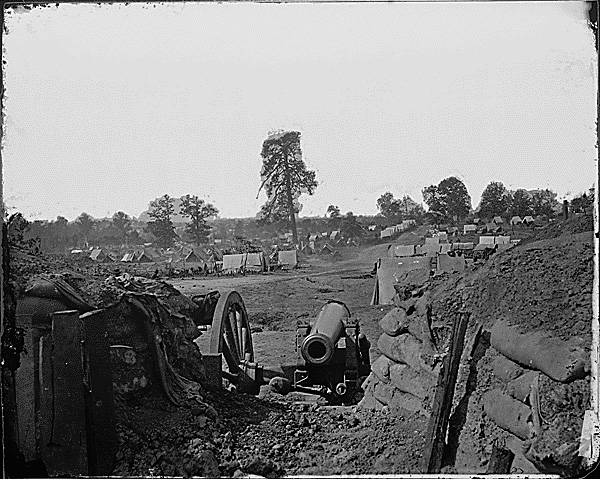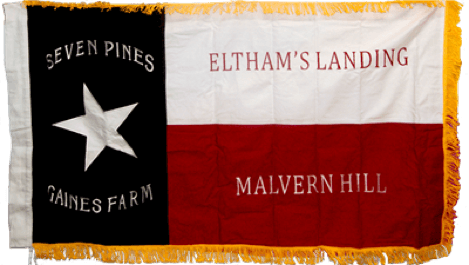
The burning of Atlanta by Union General Sherman is a notorious incident of the Civil War. We can read Sherman’s own words, in a telegram to Ulysses S. Grant:
“…utter destruction of its roads, houses, and people will cripple their military resources. …I can make the march and make Georgia howl.”
Sherman’s “March to the Sea” began in the summer of 1864. Young Carrie Berry was living in Atlanta when it started, recording it in her diary:
“We can hear the canons and muskets very plane, but the shells we dread. One has busted under the dining room which frightened us very much. One passed through the smoke-house and a piece hit the top of the house and fell through… We stay very close in the cellar when they are shelling.”
Carrie gives us an amazing view of this battle.
“Aug. 1. Monday. It was raining this morning and we thought we would not have any shelling today… but before night we had to run to the cellar.”
Young Carrie’s birthday was two days later:
Aug. 3. Wednesday. this was my birthday. I was ten years old, But I did not have a cake times were too hard so I celebrated with ironing. I hope by my next birthday we will have peace in our land so that I can have a nice dinner.
Aug. 4. Thurs. The shells have been flying all day and we have stayed in the cellar. Mama put me on some stockings this morning and I will try to finish them before school commences.
Aug. 5. Friday. I knit all the morning. In the evening we had to run to Auntie’s and get in the cellar. We did not feel safe in our cellar, they fell so thick and fast.
Things went on like this. On August 11th Carrie wrote, “How I wish the federals would quit shelling us so that we could get out and get some fresh air.” A few days later she wrote, “I dislike to stay in the cellar so close but our soldiers have to stay in ditches.” Then she had a close call when she ventured outside:
Aug. 15. Mon. We had no shells this morning when we got up and we thought that we would not have any today (but, my, when will they stop) but soon after breakfast Zuie and I were standing on the platform between the house and the dining room. It made a very large hole in the garden and threw the dirt all over the yard. I never was so frightened in my life. Zuie was as pale as a corpse and I expect I was too. It did not take us long to fly to the cellar…
The situation became even more dangerous. On the 22nd, Carrie and her family moved into another home, closer to the center of town:
Aug. 23. Tues. We feel very comfortable since we have moved but Mama is fretted to death all the time for fear of fire. There is a fire in town nearly every day. I get so tired of being housed up all the time. The shells get worse and worse every day. O that something would stop them.
A few days later Carrie wrote that they had heard the Union soldiers had abandoned their positions. Carrie wrote that she hoped they were returning to Tennessee. Things remained calm, so:
Aug. 27. Sat. We moved home this morning and we have been busy trying to get things regulated. I feel so glad to get home and have no shells around us.
The next few days were pleasant as things seemed to be returning to normal, until the first of September:
Sept. 1. Thurs. We did not get home untill twelve o’clock. We had a very pleasant time and every thing seemed quiet. Directly after dinner Cousin Emma came down and told us that Atlanta would be evacuated this evening and we might look for the federals in the morning. It was not long till the whole town found it out and such excitement there was. We have been looking for them all the evening but they have not come yet. Mr. came in to tell us that dear Cousin Henry was wounded and he thought he would not get well. We are so sorry to hear it. We loved him so much…
It was now only hours before Union soldiers would begin entering the city. Carrie tells what happened, and you can read about it in Part II of this series. Click here.
Thanks for reading. Please share our posts with your friends and family so they too can learn more about Southern Heritage and History.
Brought to you by: Ultimate Flags























